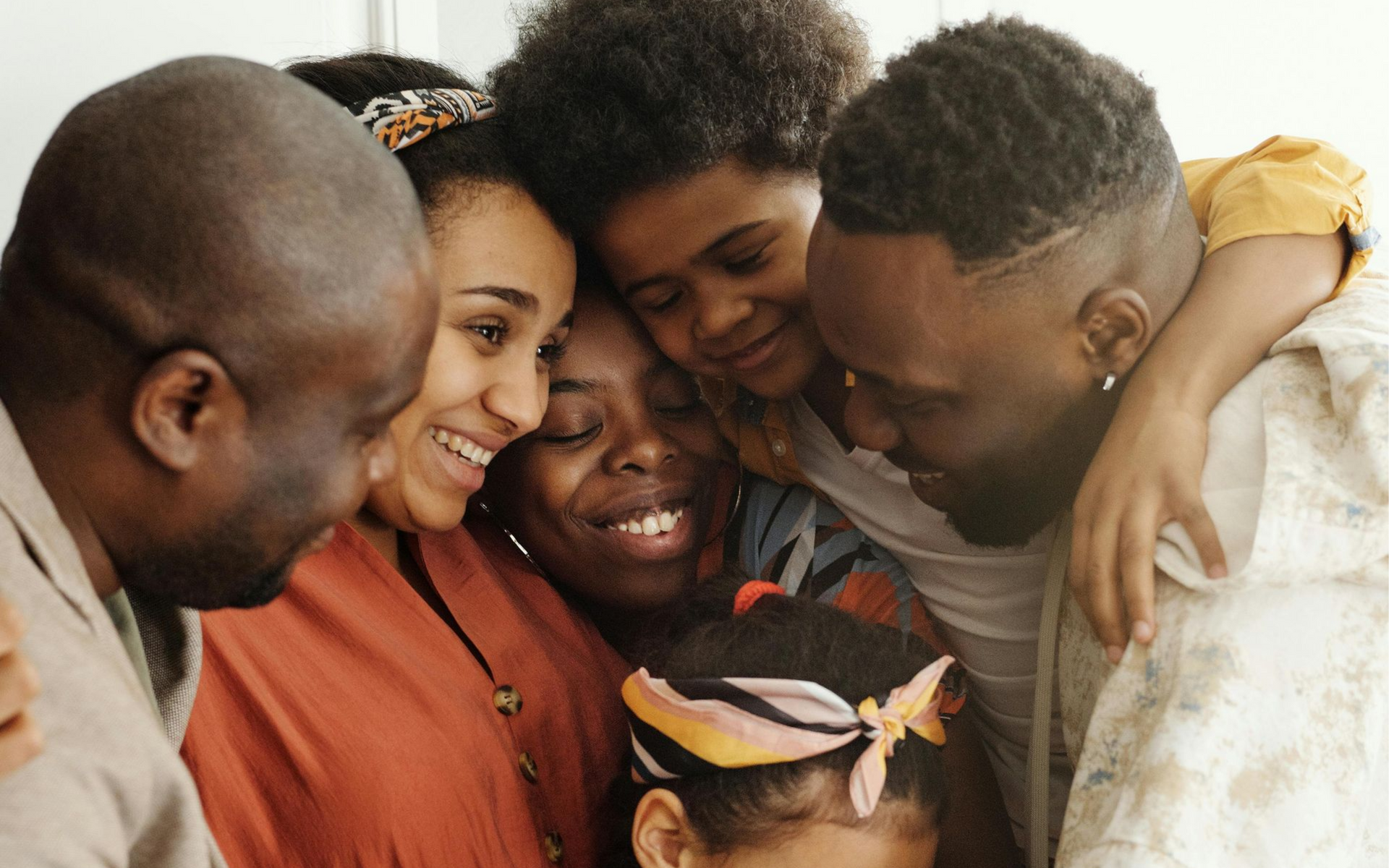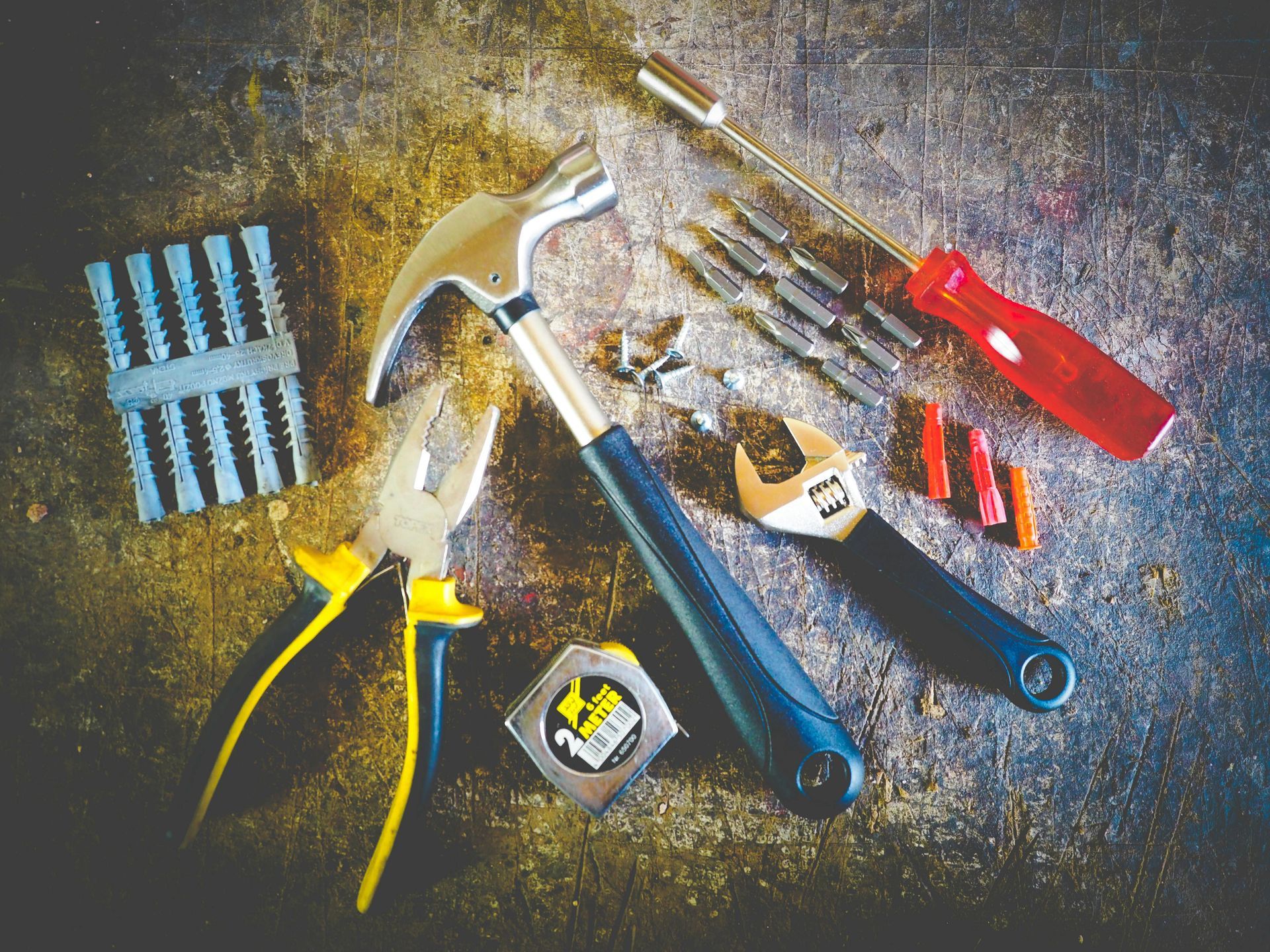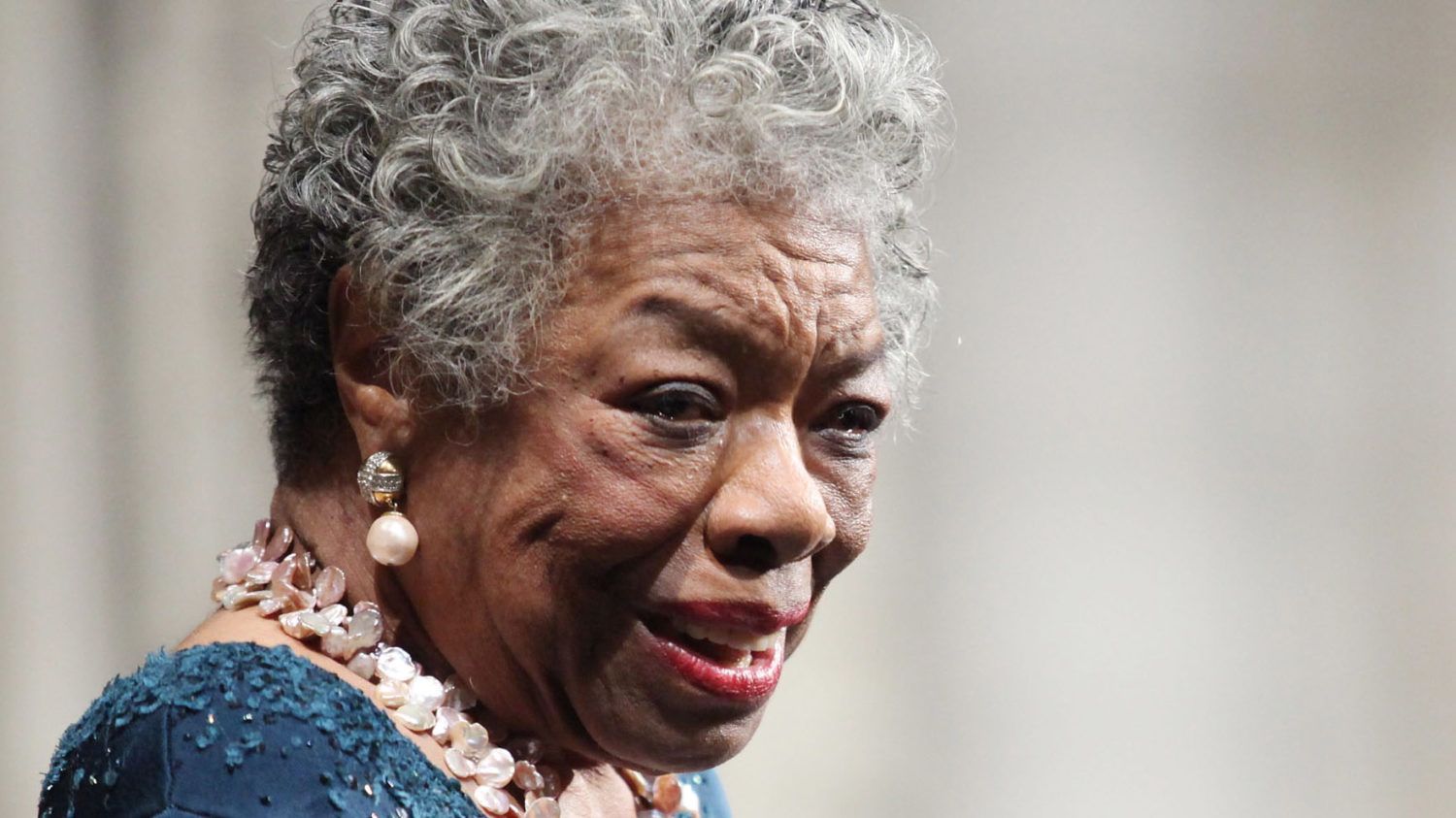Can you ever be ready for loss?
Exploring Anticipatory Grief and Finding Strength Before Goodbye.
When someone we love is nearing the end of life, it feels like time moves differently. Every moment feels heavier, more precious. You start to grieve even before they're gone — a slow, aching sorrow that settles deep inside.
This is something many people experience, often without realizing it has a name: anticipatory grief.
It’s not about giving up hope. It’s about feeling the weight of what’s coming—and trying to carry it while still loving, still hoping, still showing up.
But the question lingers: can we ever truly be ready to lose someone we love?
The Quiet Grief That Starts Early
Long before the final goodbye, grief can start to whisper. It comes in unexpected ways: a sudden burst of tears while folding laundry, a tightness in your chest during an ordinary dinner, a deep sadness as you watch them sleep.
Maybe you notice them growing weaker, or forgetting things, or needing more help. Maybe the laughter feels softer now, touched by a bittersweet knowing that these moments are numbered.
You find yourself mourning the life you’re still living with them.
And it’s okay.
Grieving early doesn’t mean you’re giving up on them. It means you love them deeply enough to feel the loss even before it arrives.
What "Being Ready" Really Means
We often think of “being ready” as feeling strong enough to handle what's coming. But the truth is, there’s no perfect way to prepare your heart for goodbye.
You might have time to say the things that matter:
- “I’m proud of you.”
- “I forgive you.”
- “Thank you.”
- “I love you.”
You might hold their hand a little tighter. You might laugh together, cry together, sit in silence. You might plan for what they want when they’re gone—a favorite song at the service, a place where their ashes should rest.
These moments don’t erase the pain. But they can give you small pockets of peace. They can leave you with fewer “I wish I had…” regrets.
Being ready doesn't mean not hurting. It means hurting with purpose, with presence, and with love.
Finding Strength in the Time You Have
It’s easy to feel helpless in the face of approaching loss. But the truth is, you still have a powerful role to play.
You can make them feel loved.
You can make them feel seen.
You can help them leave this world knowing they mattered deeply.
Sit with them, even if there’s nothing to say. Share a memory, even if they can't respond. Play their favorite music. Bring their favorite food. Let your presence be a gift.
And when you need to step away and catch your breath—that's love too. Caring for yourself is part of caring for them.
When Goodbye Comes
Even with all the conversations, all the moments shared, the final goodbye will still hurt. It should. Grief is the price we pay for loving so fiercely.
But anticipatory grief gives you something powerful: the chance to live the goodbye slowly, tenderly, lovingly—not all at once.
It allows you to weave a bittersweet tapestry of memories that stretches from "still here" to "gone but always with me."
A Final Thought
You may never feel truly ready to lose someone you love. But you can be ready to love them well until the very end.
You can be ready to carry their memory forward—with grace, with gratitude, and with the kind of quiet courage that grief demands. We understand the delicate heartbreak of anticipatory grief. If you or someone you love is walking through this tender season, know that you're not alone. We're here to offer support, resources, and a listening ear—every step of the way.











